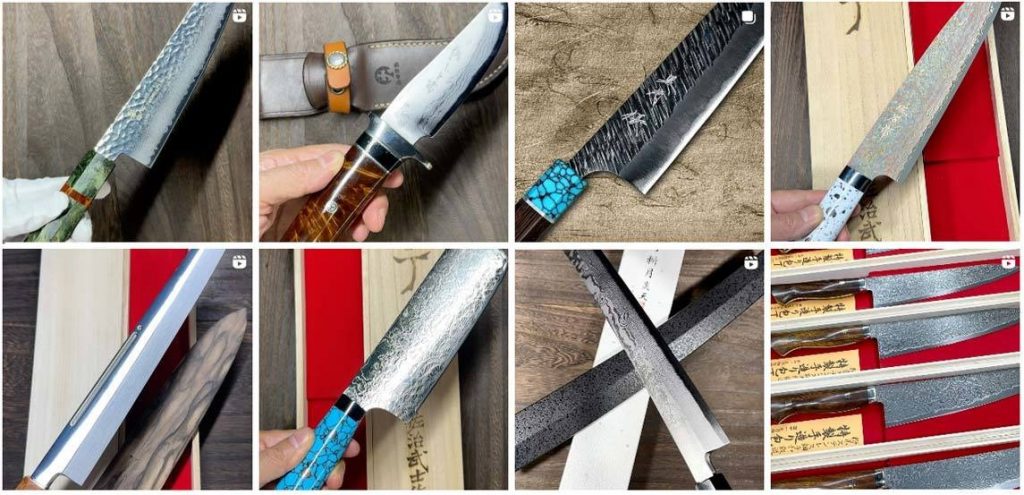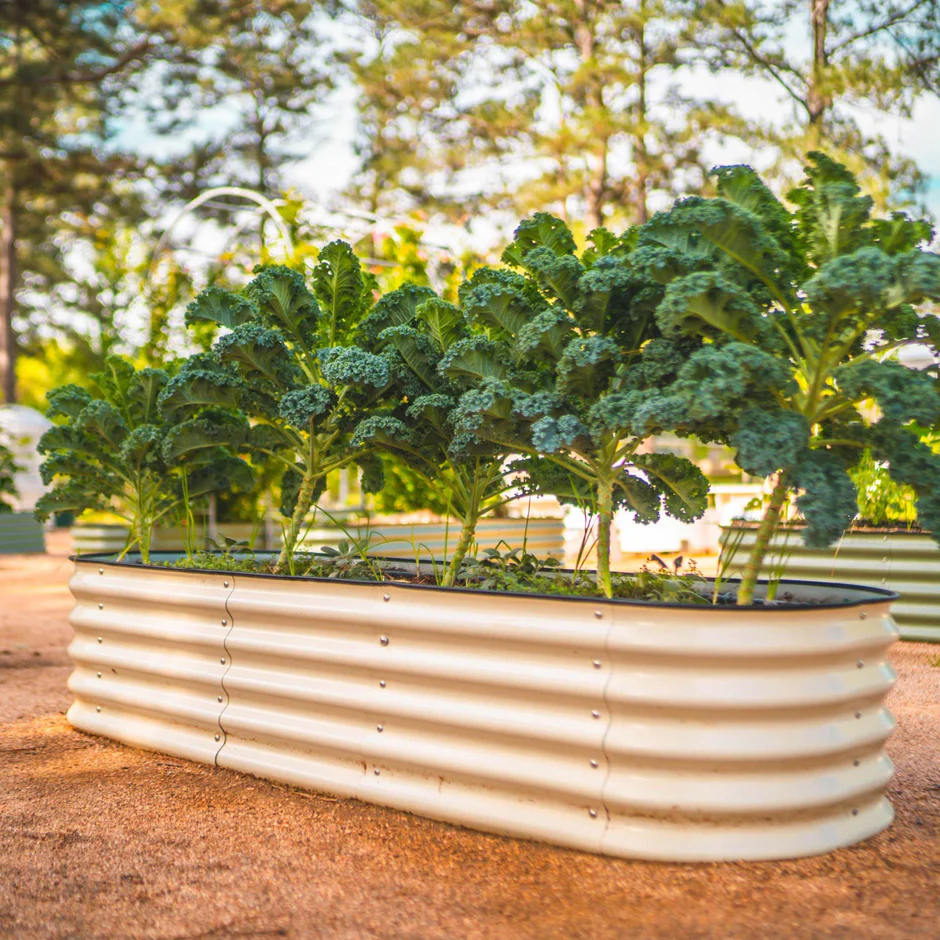
In the world of premium cutlery, every blade tells a story. This expert guide is your key to understanding the rich narrative behind the HOCHO KNIFE collection, where each НОСНО KNIFE is a testament to legacy and culinary artistry. We will move beyond the cutting edge to explore the deep purpose, history, and craftsmanship woven into their signature blades. Whether you’re trying to decide between a Gyuto or a Santoku, or simply wish to appreciate the art, this guide will help you find not just a tool, but the perfect partner for your kitchen.In the world of premium cutlery, every blade tells a story. This expert guide is your key to understanding the rich narrative behind the HOCHO KNIFE collection, where each НОСНО KNIFE is a testament to legacy and culinary artistry. We will move beyond the cutting edge to explore the deep purpose, history, and craftsmanship woven into their signature blades. Whether you’re trying to decide between a Gyuto or a Santoku, or simply wish to appreciate the art, this guide will help you find not just a tool, but the perfect partner for your kitchen.
The Soul of a НОСНО KNIFE: A Legacy of Craftsmanship
Before we meet the individual blades, we must first understand the shared heritage of HOCHO KNIFE craftsmanship. Each knife begins its life in the fires of tradition, drawing from centuries of Japanese knife-making techniques. This isn’t about mass production; it’s about a meticulous, patient process where high-carbon steel is forged, hammered, and honed to achieve a level of sharpness and durability that Western knives can only dream of.
The makers behind the official HOCHO KNIFE collection are masters of their trade. They understand the delicate balance between hardness for edge retention and toughness for durability. They create full-tang knives where the steel extends through the entire handle, offering superior balance and control. This is the unseen quality, the quiet confidence you feel the moment you hold one. It’s the promise that this tool will not fail you.
The All-Rounder: The НОСНО KNIFE Gyuto
If the collection were an orchestra, the Gyuto would be the first violin. It is the quintessential multi-purpose chef’s knife, reimagined through the lens of Japanese precision.
The Design Philosophy of the Gyuto
The Gyuto, which translates to “cow sword,” was originally designed for butchering meat. Its modern form, however, is one of the most versatile profiles available. It features a gentle curve along the blade, culminating in a sharp, pointed tip. This ‘belly’ is perfect for chefs who prefer a rocking motion to chop herbs and mince garlic, while the fine tip allows for intricate, delicate work. The profile of a HOCHO KNIFE Gyuto is slightly lighter and thinner than its Western counterparts, making it more agile and less fatiguing over long periods of use.
Your Culinary Partner For…
The Gyuto is the ultimate culinary workhorse. It is your partner for slicing steaks, dicing onions, breaking down a whole chicken, and finely mincing parsley. Its versatility makes it the most common starting point for those new to Japanese premium cutlery and a trusted friend for seasoned professionals. It doesn’t specialize in one thing; it excels at almost everything.
The Three Virtues: The НОСНО KNIFE Santoku
Where the Gyuto is a master of all trades, the Santoku is a master of its own domain. It is a beautiful expression of efficiency and one of the most popular knife designs in the world.
The Design Philosophy of the Santoku
Santoku translates to “three virtues,” a name that speaks to its proficiency in slicing, dicing, and mincing. Unlike the Gyuto, the HOCHO KNIFE Santoku has a much flatter edge and a “sheepsfoot” tip that curves down to meet the edge. This design promotes a more direct “push-cutting” or chopping motion rather than rocking. Many blades also feature hollow-ground divots (known as a Granton edge) along the side, which create air pockets to reduce friction and prevent food from sticking—perfect for slicing starchy potatoes or cucumbers.
Your Culinary Partner For…
The Santoku is the home cook’s best friend. It shines when dealing with vegetables, fish, and boneless meats. Its nimble size and controlled chopping motion make quick work of preparing a stir-fry, creating perfectly thin slices of tomato, or mincing garlic and ginger. If your cooking style is less about large-scale butchery and more about precise, everyday preparation, the Santoku will feel like it was made just for you. Exploring a Japanese kitchen knife set that includes both a Gyuto and a Santoku is an excellent way to cover all your bases.
The Vegetable Specialist: The НОСНО KNIFE Nakiri
For those who find joy in the artful preparation of vegetables, the Nakiri is not just a tool—it is a revelation.
The Design Philosophy of the Nakiri
The Nakiri is a traditional Japanese vegetable knife. Its form is striking: a straight, rectangular blade that resembles a small, delicate cleaver. This shape is pure function. The completely flat edge makes full contact with the cutting board along its entire length with every chop. The result? Vegetables are cut completely through in a single, clean stroke. There are no “accordion” cuts where vegetables are left clinging by a thread of skin. The broad, flat blade of a HOCHO KNIFE Nakiri is also perfect for scooping prepped ingredients off the board and transferring them to the pot or pan.
Your Culinary Partner For…
The Nakiri is the undisputed champion of plant-based cooking. It is your partner for creating paper-thin slices of radish, uniform carrot dice for a mirepoix, or shredding lettuce for a fresh salad. While it lacks the pointed tip needed for piercing or intricate work, its sheer efficiency with vegetables remains unmatched.
Why the Nakiri Excels in Vegetable Preparation:
- Straight Edge Design:
- The perfectly flat blade edge ensures every cut touches the cutting board completely. This results in clean, precise slices without hesitation or missed fibers. Unlike curved blades that rock back and forth, the Nakiri’s straight motion preserves the integrity of delicate vegetables.
- Broad Blade Surface:
- The wide, rectangular blade serves not only as a cutting tool but also as an excellent scoop. You can quickly gather chopped ingredients and transfer them safely from your board to pan or bowl without extra utensils or mess.
- Balanced Weight and Ergonomics:
- Despite its sturdy construction, the Nakiri is surprisingly lightweight. This balance reduces hand fatigue during prolonged prep sessions, making repetitive chopping smoother and less tiring. Its handle design fits comfortably in your hand, providing control and stability with every stroke.
- Consistent Thickness with Every Cut:
- Uniformity matters in cooking—not just for aesthetics but also to ensure even cooking times. The Nakiri helps you achieve consistent thickness effortlessly, whether you’re slicing thin cucumber ribbons or dicing onion cubes for a stew.
- Precision Without Piercing:
- Although it lacks a pointed tip for piercing tasks like coring tomatoes or hulling strawberries, the Nakiri’s focus on straight cuts means you perform these tasks separately with specialized knives—allowing this blade to excel fully at vegetable prep without compromise.
If you are a vegetarian, vegan, or simply someone who enjoys working with fresh produce daily, the Nakiri will revolutionize your prep work by turning what can often be tedious into a smooth, enjoyable experience. It’s designed specifically to empower your creativity with vegetables and greens—helping you bring out their best textures and natural flavors with minimal effort.
Fun fact: Traditional Japanese cooks often use the Nakiri not just for prepping but also for artistic vegetable garnishes thanks to its precision and ease of use—making it an essential tool in both home and professional kitchens.
Beyond the Core: Other Essential Blades in the HOCHO KNIFE Collection
While the Gyuto, Santoku, and Nakiri form the heart of any collection, the art of Japanese cutlery offers specialized tools for every conceivable task. Exploring the wider HOCHO KNIFE collection reveals blades like:
- The Petty Knife: A small utility knife, perfect for peeling fruit, deveining shrimp, or any other delicate, in-hand work where a larger blade would be clumsy.
- The Sujihiki: A long, narrow slicing knife. Its length and thinness allow you to slice through roasts or fish in a single, long stroke, creating flawless, beautiful slices with minimal friction.
- The Deba: A heavy, robust knife with a thick spine, designed for filleting fish and light butchery, capable of cutting through fish heads and bones with ease.
Find Your Perfect Partner and Begin Your Journey
Understanding Japanese knives is to understand that there is a perfect tool for every task. The HOCHO KNIFE collection is not just an assortment of products; it is a curated gallery of functional art, with each piece waiting for the right chef to unlock its potential.
Are you the versatile all-rounder who needs the adaptability of the Gyuto? The efficient home cook who would thrive with the three virtues of the Santoku? Or the vegetable enthusiast whose passion would be ignited by the precision of the Nakiri?
The choice is a personal one. Listen to the story of each blade and choose the one that speaks to your soul. This is more than an upgrade for your kitchen; it is an investment in your passion, your creativity, and every meal you will create from this day forward.
When you are ready to select your partner, we invite you to do so with a special artisan’s advantage.
Click Here to Claim Your Exclusive Discount and Begin Your Journey with the HOCHO KNIFE Collection.

